One of the Seven Natural Wonders of the World, Victoria Falls on the Zambia and Zimbabwe border was somewhere I had wanted to visit for years. I finally had the chance to visit a couple of months ago, and had a truly incredible time.
Seeing the falls with my own eyes exceeded every expectation I had. It was absolutely one of the most magnificent sights I have ever seen. Victoria Falls, combined with an adventure between Zambia, Zimbabwe and even Botswana made this Southern Africa trip one of my favourites of all time.
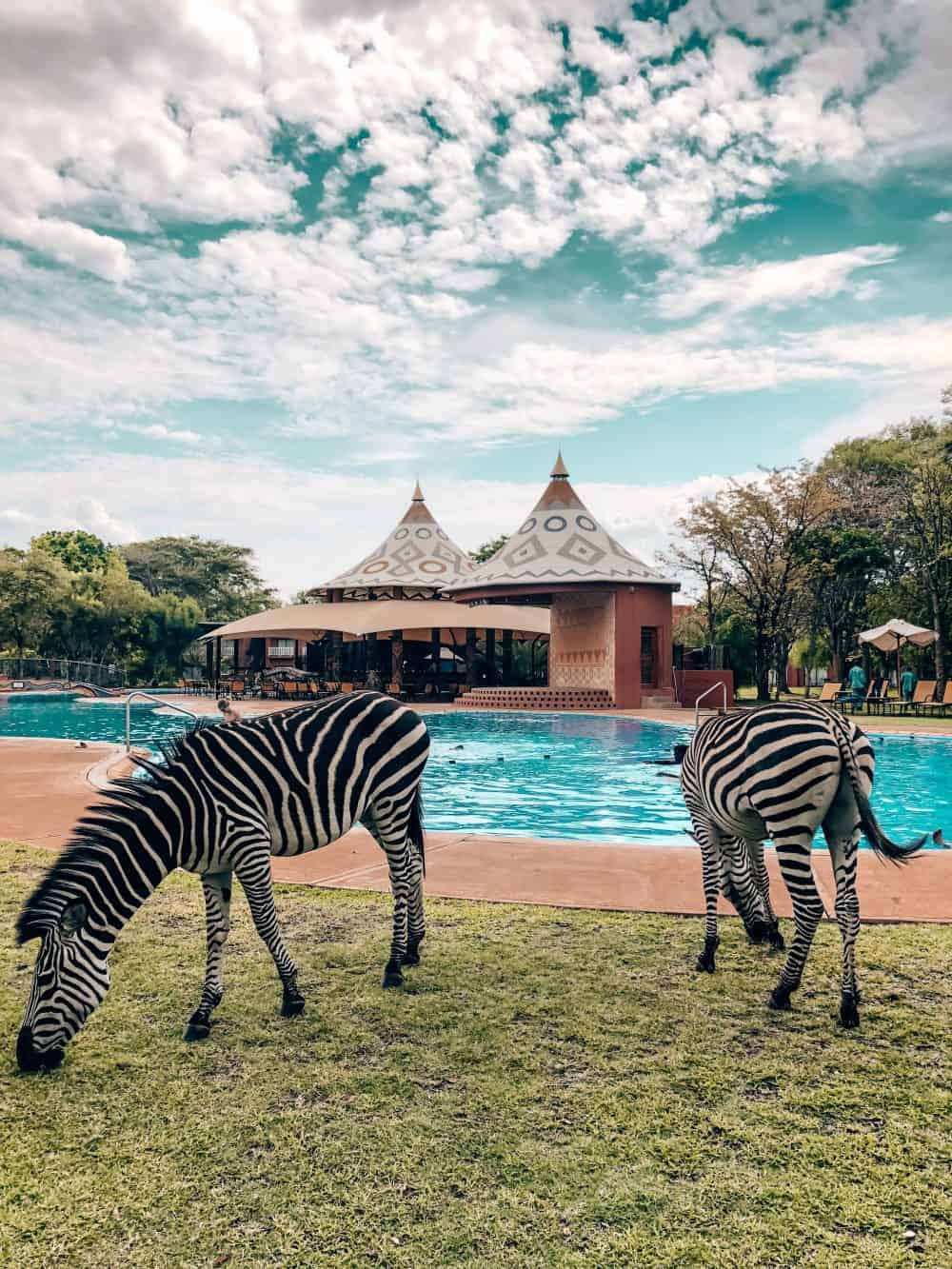
But whilst planning this trip, I found it pretty difficult to gather the information I needed.
So having now been, I thought I’d pull this guide together covering everything you need to know before visiting Victoria Falls.
In this post, I’ll provide all the essential information you’d need to help plan your own trip. From getting around, money and safety to where to stay and what other activities to do in the Victoria Falls area. And of course, I’ll provide my view on whether to stay on the Zambian side or the Zimbabwean side.
Hopefully all of the below is useful, but please let me know if you have any questions or further thoughts in the comments section below.
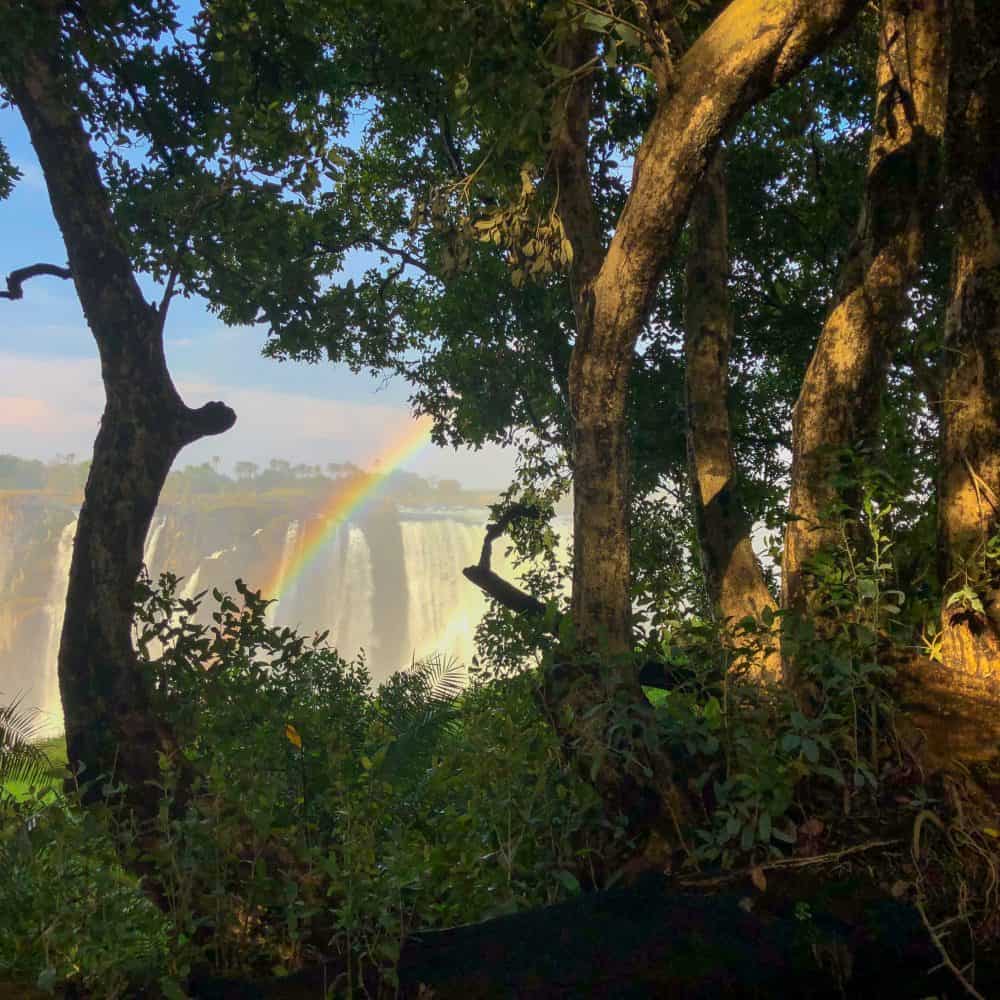
Background on the Victoria Falls
One of the most famous sights in Africa, they were ‘discovered’ in 1855, by British explorer and missionary, David Livingstone. He described his experience in his diary by noting, “No-one can imagine the beauty of the view from anything witnessed in England. It had never been seen before by European eyes; but scenes so lovely must have been gazed upon by angels in their flight.”
Obviously, he wasn’t the first person to ever see the Falls, but he was the first European. The local people of the Zambezi Valley, known as the Tonga people, had lived around the Falls for centuries. They could the falls the Mosi Oa Tunya, which translates as ‘the smoke that thunders’. The Tonga people have their own folklore about the falls, believing that a giant creature dwells in the Zambezi River, and is called Nyami-nyami.
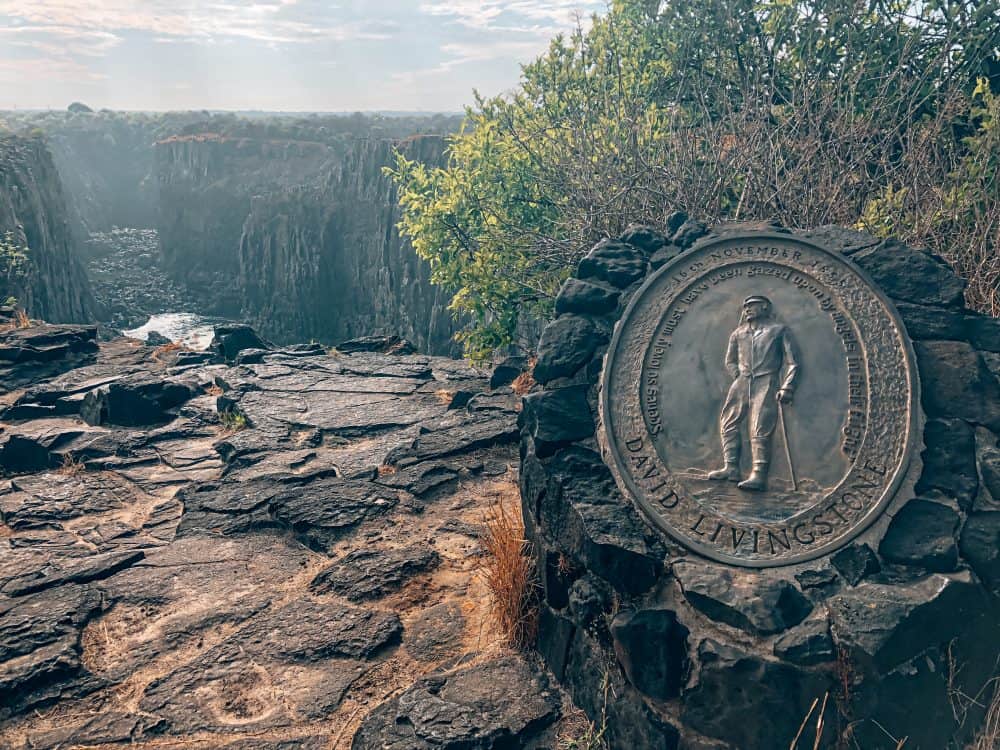
David Livingstone renamed them Victoria Falls, after Queen Victoria, the monarch at the time in England. Today, the falls are known by both names, with the park on the Zambian side now called Mosi Oa Tunya National Park.
The Victoria Falls are not the tallest waterfalls in the world, nor are they the widest. But they do hold the record for the largest single sheet waterfall in the world. The full expanse of the falls stretches about a mile – the entire width of the Zambezi river at its widest point, and they are about double the height of the Niagara Falls. The sheer force at which the water falls causes a mist to rise high in to the sky – and a mist that will soak you to the skin if you visit in the rainy season!

Getting to the Victoria Falls
By air
I would highly advise flying into the airport on the side of the Victoria Falls you plan on staying in. Travelling from one side to the other from an airport means needing three taxis: one from airport to the border, one across the bridge, and one from the other border to your accommodation.
The easiest and main way to get to the Victoria Falls is by plane, either to Livingstone airport in Zambia (code: LVI), or to Victoria Falls airport in Zimbabwe (code: VFA). It’s useful to know that Livingstone airport is also known as Harry Mwanga Nkumbula International Airport.
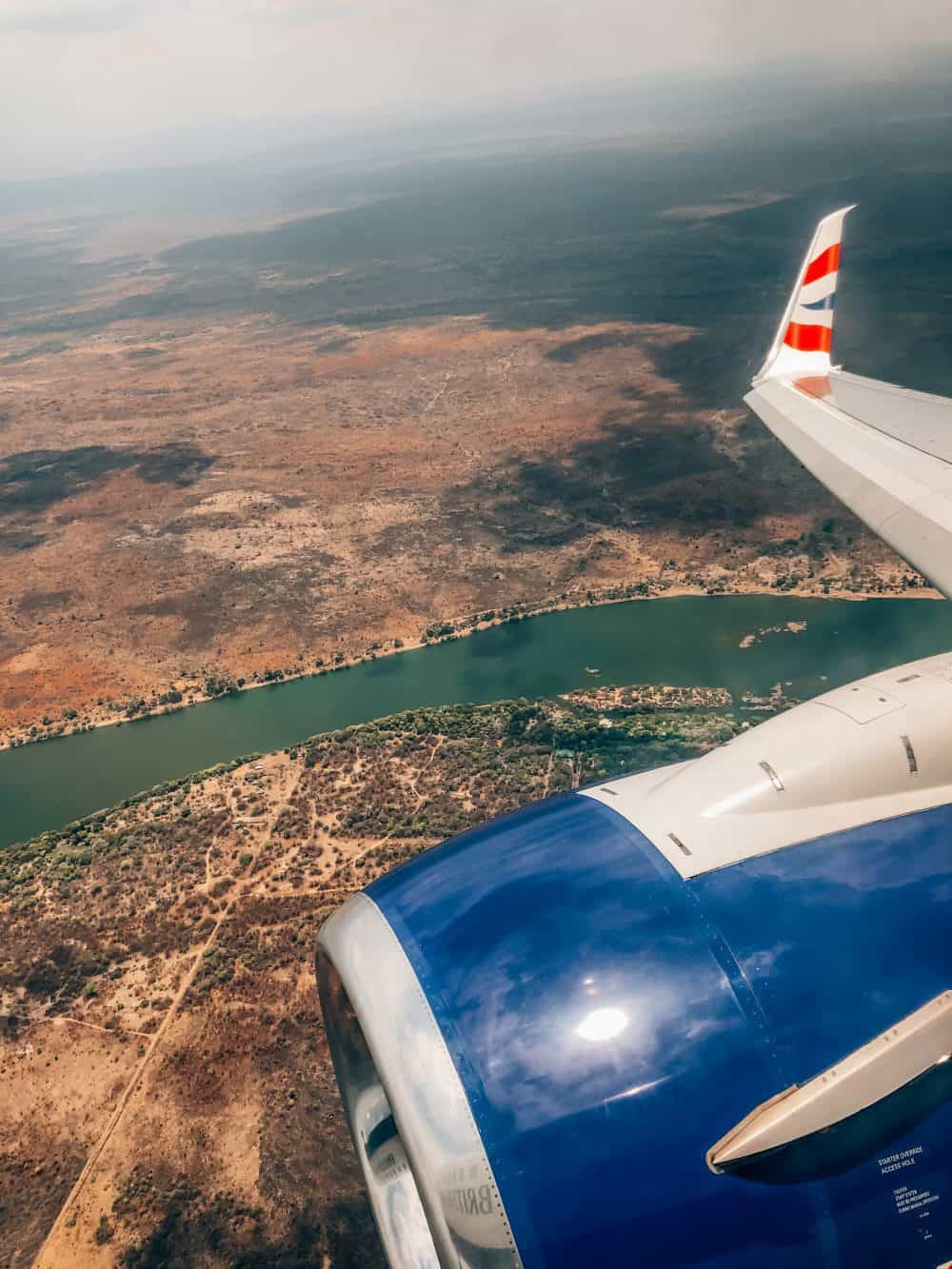
Airlines that connect to Livingstone airport include South African and British Airways (from Johannesburg and Cape Town in South Africa), Ethiopian Airlines from Addis Ababa, Kenya Airlines from Nairobi and internally to Lusaka on Proflight Zambia.
Also, you can fly directly from Livingstone to Nelspruit in South Africa on SA Airlink which is super handy for visiting Kruger National Park.
From Livingstone airport to the town centre or most hotels/lodges, a taxi is the main form of transport and takes only 10-15 minutes. I booked my taxi in advance through a local company, which I highly recommend. Expect to pay around USD $10. Book your Livingstone airport transfer in advance here.
Victoria Falls has the same above flights to Johannesburg, Cape Town, Addis Ababa, Nairobi as well as also to Windhoek on Air Namibia and internally to Harare on Air Zimbabwe.
Again, a taxi is the best way to travel from Victoria Falls airport to the town centre. It’s a bit further, taking around 20-25 minutes and average journeys cost USD $15. You can book your transfer in advance here.
Other ways to get there
Another option is by bus, with several companies connecting other Southern African cities with Victoria Falls in Zimbabwe or Livingstone in Zambia.
- Lusaka to Livingstone bus on Mazhandu bus company, which takes 5-6 hours
- Harare to Victoria Falls with Intercape Pathfinder bus company, which takes around 12 hours
- Windhoek in Namibia to Livingstone with Intercape Pathfinder, which can take up to 20 hours
A slower, but more scenic way to travel to Victoria Falls is by train. One route is to arrive in the Zimbabwe side from Pretoria in South Africa on the luxury Rovos Rail, which takes three days.
Alternatively, you can travel from Bulawayo in Zimbabwe by train to Victoria Falls (approx 12 hours), or Lusaka to Livingstone. This is one way to have a real adventure, that’s for sure!
Finally, if you’re coming from Botswana, you need to head to Kasane, a border town that’s also very close to Chobe National Park. Here you can easily jump in a shared taxi to Livingstone and Victoria Falls. The drive takes just over an hour.
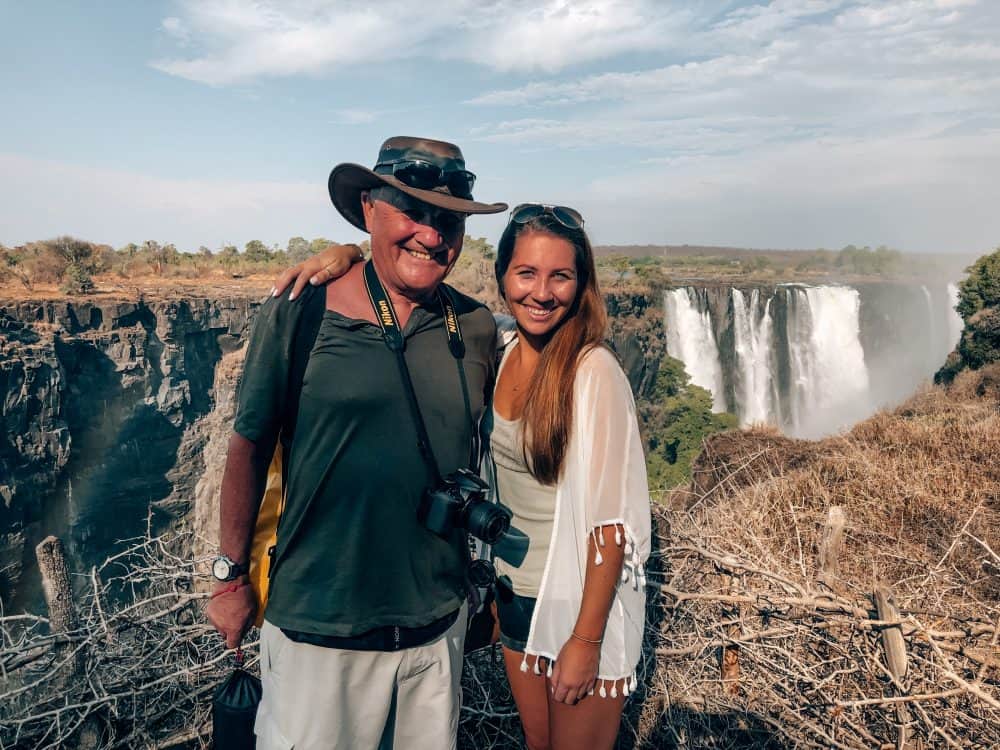
Best time to visit
The water levels at Victoria Falls really fluctuate depending on the season. But whether you go in the rainy season or the dry season, you’re guaranteed to have an amazing experience as there are pros and cons to both.
The rainy season runs from November to April. Therefore, visiting in early January onwards can mean seeing the falls at their fullest capacity, and therefore, at their most spectacular. Some visitors do comment however that the spray from the tumbling waters can be so extreme that they couldn’t really get their cameras out.
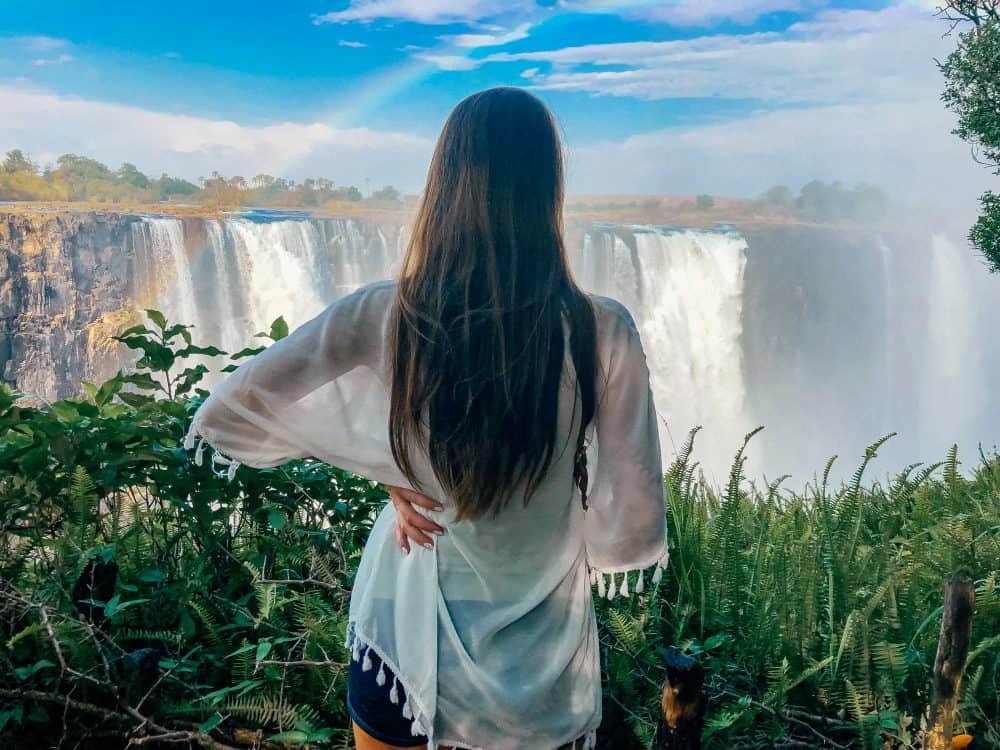
July to November is the dry season, and the falls can be completely dry during this time, especially on the Zambian side. However, this is the better time to visit if you’re planning on swimming in the Devil’s Pool and visiting Livingstone Island, as the water levels are far safer and it is therefore open.
If you visit in height of the rainy season, the Devil’s Pool will be closed as the water levels are too high and it’s far too dangerous to swim in.
I visited in November, which is the start of the rainy season. The falls were impressive on the Zimbabwe side, and we saw many majestic rainbows over the falls. We also didn’t experience too much spray at this time. On the Zambia side, the falls were mostly dry.
However, I was able to swim in Devil’s Pool safely, which was an epic experience. The days in mid-November were hot and steamy, and we did experience some wet days as well as some sunny days. For us, this ended up being the perfect time to go. It’s worth noting that the drought, especially in Zambia has been quite severe in recent years meaning that the falls in general are less full than previously.

Entry visas for Victoria Falls
Both Zambia and Zimbabwe require nearly all foreign nationalities to have a visa to enter. There is the option of a single entry visa to either country (approx USD $30-50 depending on nationality), but you can also get the KAZA visa (also known as a UniVisa). This enables the holder to freely travel between Zambia and Zimbabwe, as well do a day trip to Chobe National Park in Botswana through the Kazungula border. It is valid for 30 days and allows unlimited border crossings.
I highly recommend getting this. You can get the KAZA visa on arrival at the following points of entry: Victoria Falls airport, Livingstone airport, Harare airport, Lusaka airport or at the Kazungula land border at Botswana. You need to specify your preference for this visa and provide $50 in US dollar bills. Many of these border ports also offer card payments, but on the off chance that this isn’t working on the day you arrive, I recommend bringing the US dollars in cash to be on the safe side.
The KAZA visa is available to around 65 nationalities, including the UK, the US, Australia, Canada and most EU countries.
Zambia or Zimbabwe side of the Victoria Falls?
The very first thing to do when planning a trip is to decide which side of Victoria Falls to visit. As the falls straddle both Zimbabwe and Zambia, most visitors can head to both the sides (visa dependent), but you will need to choose one side to call your base.
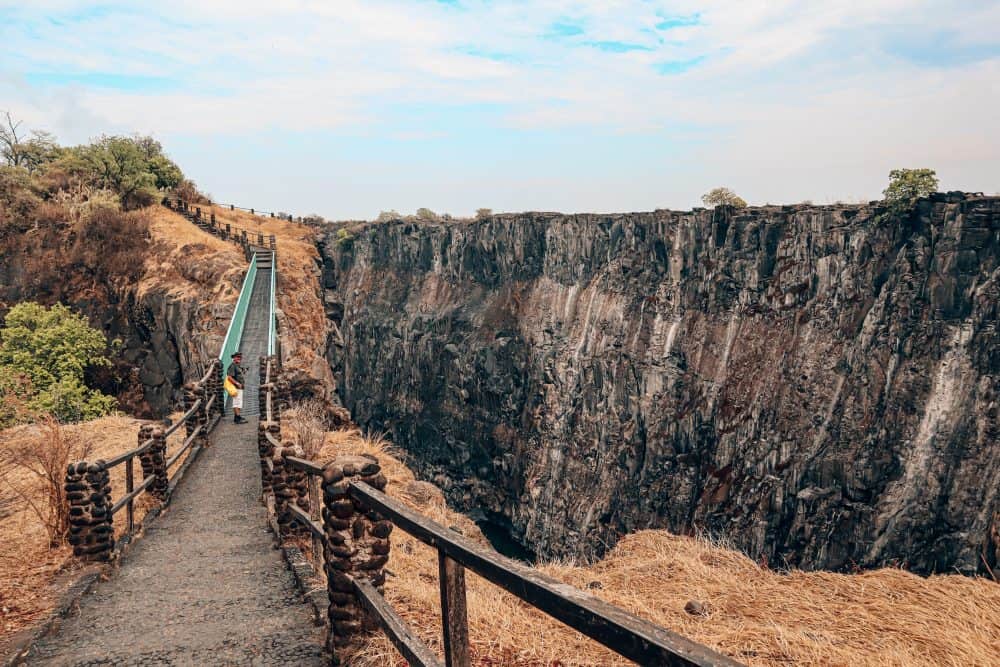
Zambia
Zambia is the side I chose to stay on, and the nearest large town is called Livingstone, named after the British explorer, David Livingstone. Here, visitors can head to the Mosi Oa Tunya National Park, which is about 10km from the centre of town, and very close to the Zambia/Zimbabwe border.
One downside of staying on the Zambia side, is that you’ll need to use a taxi each time you want to visit the Victoria Falls from your hotel, whether it’s nearby or in Livingstone town centre. The entry to the Mosi Oa Tunya National Park is really just a gate near the border.
Entry to the park costs around US $20 dollars and a visit can take 3-4 hours as some of the hiking paths are steeper here.
Top tip: If you stay at the Avani Victoria Falls Resort or the Royal Livingstone Hotel, you can enter the Mosi Oa Tunya National Park for free, unlimited times throughout your stay.
Check rates for the Avani resort here, and the Royal Livingstone hotel here.
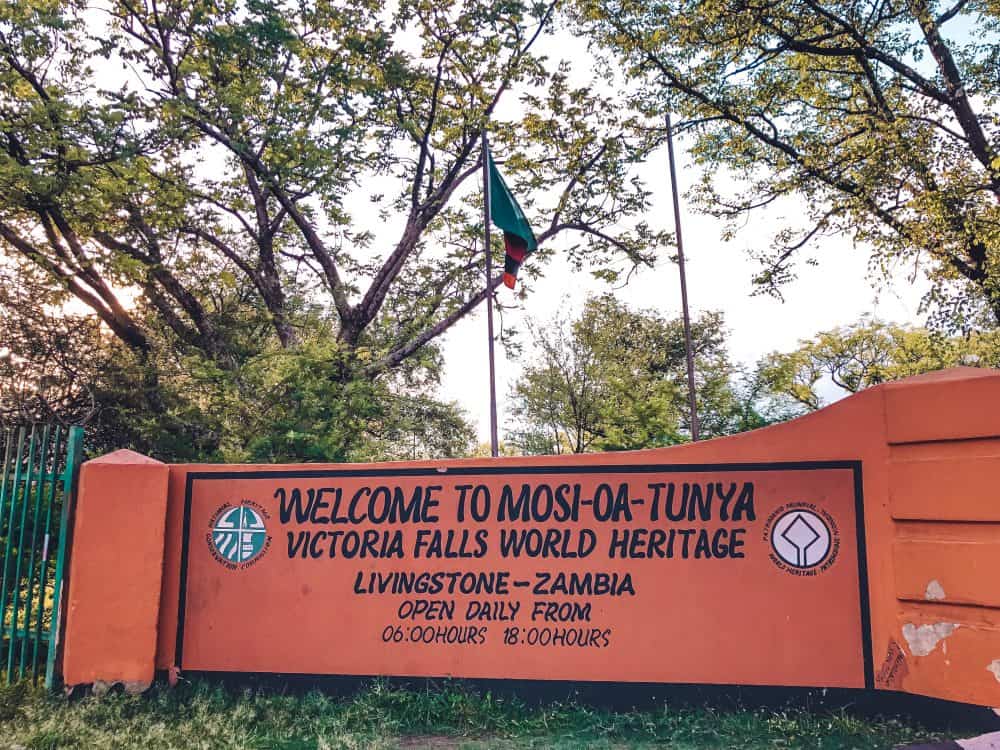
Pros and Cons of visiting the Victoria Falls from the Zambia side
- Generally, Mosi Oa Tunya National Park receives less visitors than the Zimbabwe side, and the entry cost to the park is also less (just US$20).
- There are several hiking routes to follow within the park, all of which are clearly marked and you can also pay for the service of a local guide too.
- These routes all offer the chance to see the Falls from several different angles, including from right at the bottom, and at the side. If you visit the Zambian side in the rainy season, you can get completely drenched.
- Livingstone, the nearest major town, is a nice place to spend a couple of days with some great dining spots and accommodation.
- In Zambia, the currency is generally more stable than in Zimbabwe.
- The popular excursion to Devil’s Pool and Livingstone Island is on the Zambia side, so visiting this is more straightforward and doesn’t require crossing the border and taking your passport etc.
As the Zambian side has only a quarter of the falls, it could be said that the viewpoints this side are less spectacular than on the Zambian side.
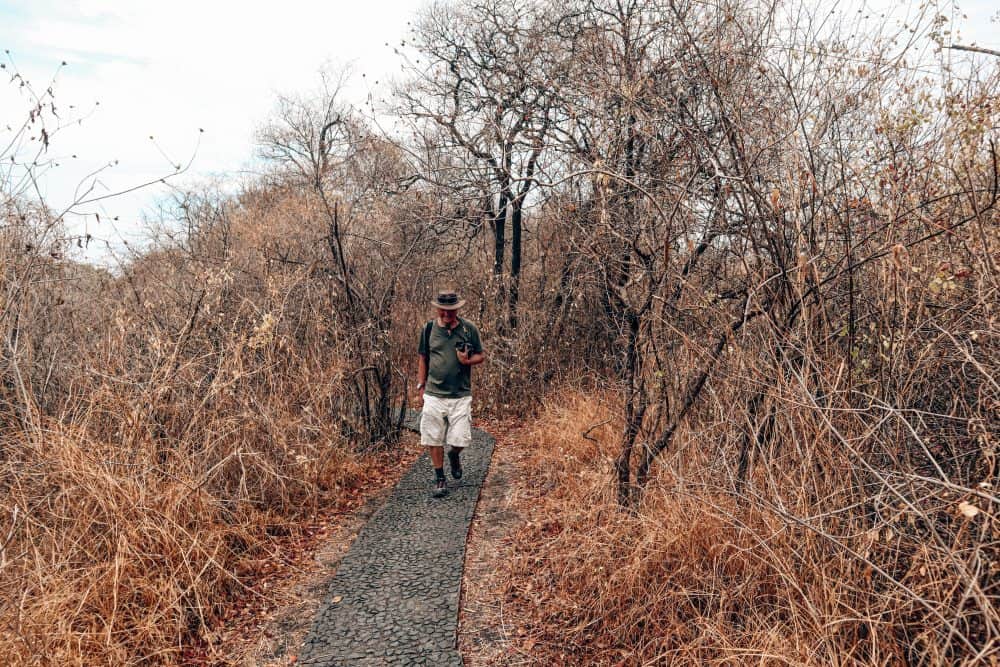
Zimbabwe
Unlike the Zambian side, you can walk from Victoria Falls town centre to the entrance to the falls in a couple of minutes.
Zimbabwe is home to the Victoria Falls National Park, which was more organised and structured than on the Zambia side. It had a proper welcome centre, souvenir shop and lots of signage and information on the falls. Most importantly, Zimbabwe has the more impressive viewing opportunities of the Falls, and the water flows year-round. The most spectacular views can be seen at Devil’s Cataract, Danger Point, and the show-stopping Main Falls, which is the largest single sheet of water in the world.
Entry to the park on the side costs US $30 per person and a full visit to Zimbabwe side takes around 2-4 hours.

Pros of visiting the Victoria Falls from the Zimbabwe side
- The town centre of Victoria Falls is a few minutes’ walk to the gate of the park, so it is much closer than the Zambian side
- No matter which season you visit, you are guaranteed to see the falls flowing
- This side has 75% of the falls within its park
- There are clearly marked hiking routes, and scenic vantage points dotted around the park. These give greater perspective of the Falls, rather than the close up immersive (and drenching) experience of the Zambian side in rainy season.
- The park on the Zimbabwean side has a restaurant and toilets
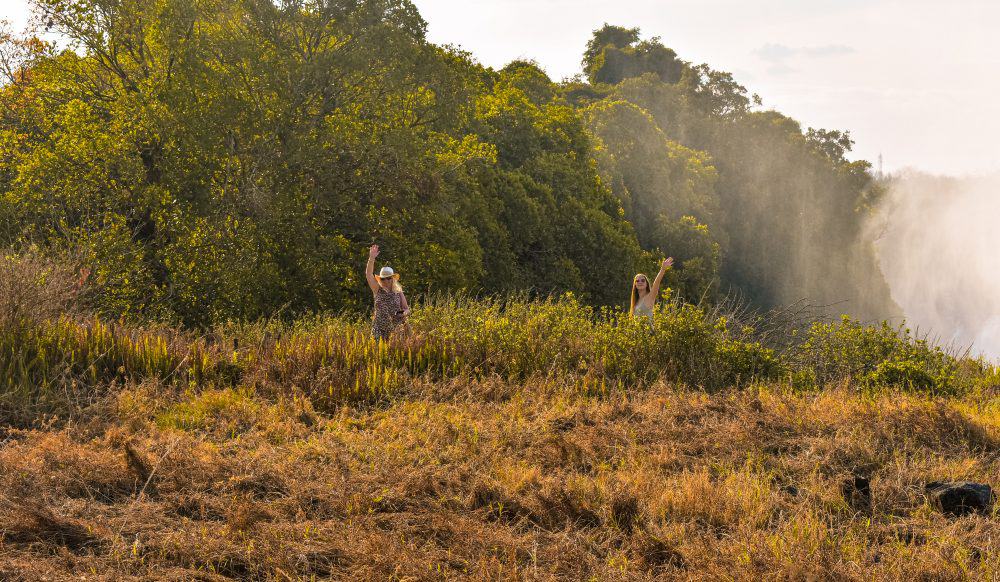
Getting around and travelling between Zambia and Zimbabwe
Fortunately, it is really simple to travel between Zambia and Zimbabwe if you have the KAZA visa. The easiest way is to walk from one side to the other, including enjoying the bridge crossing on foot as the views are spectacular.
On both sides, the walk from each entry to the respective national parks to the actual passport-stamping border crossing is around 10 minutes or so. Then you need another 15 minutes to walk the length of the bridge.
The bridge is also shared with cargo too, so as you approach the bridge in either direction, you’ll see a long line of trucks and lorries waiting to cross. Fortunately, there is a separate path marked out for pedestrians so you can’t get run over!

There are specific opening hours, which are:
- Winter: 6.30am – 6pm
- Summer: 6am – 6pm
Devil’s Pool and Livingstone Island
If you visit when this is open, it’s a must-do activity. An activity like no other, you can swim to the edge of the falls AND look over the edge. Don’t panic – the ledge is pretty wide, and the natural pool you swim in is away from the current. It’s a complete adrenaline rush, and half the adventure is getting there.
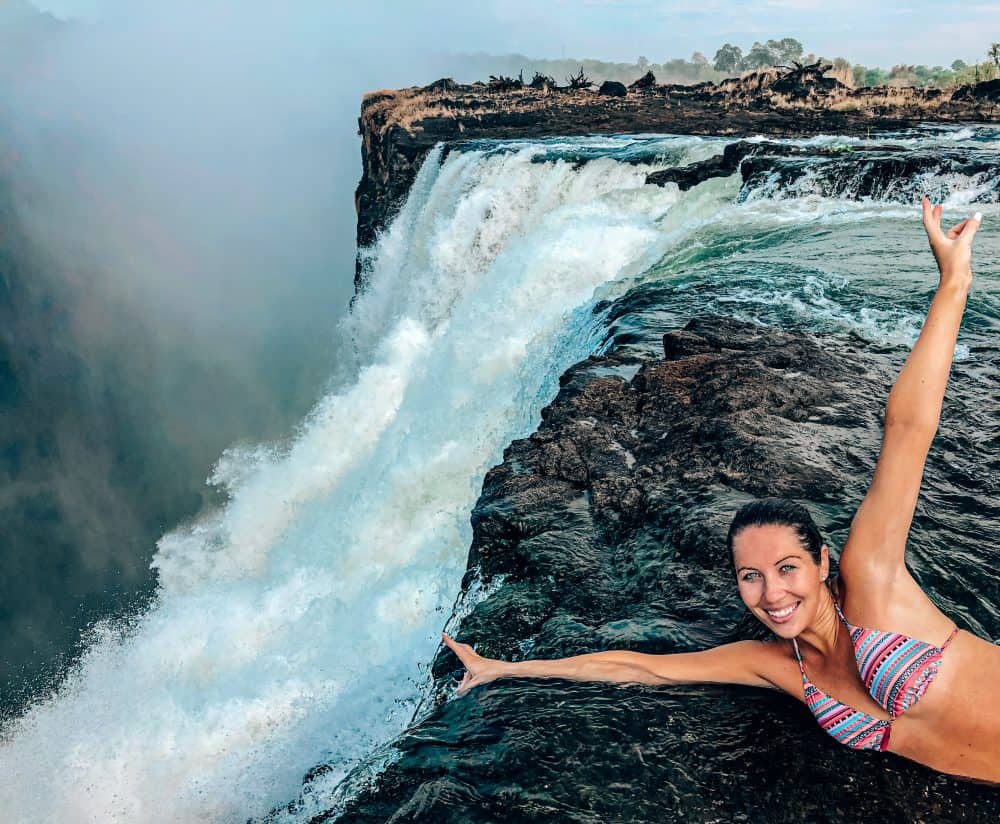
Tours used to depart from the Royal Livingstone Hotel but now they leave from a new designated area at the Livingstone Island Launch Site. All taxi drivers will know where this is, the area is between Dry Manzi and the Royal Livingstone Hotel. After a thorough safety briefing, you jump in a speed boat to Livingstone Island. We sped past hippos and crocodiles all resting in and around the water. It was just amazing.
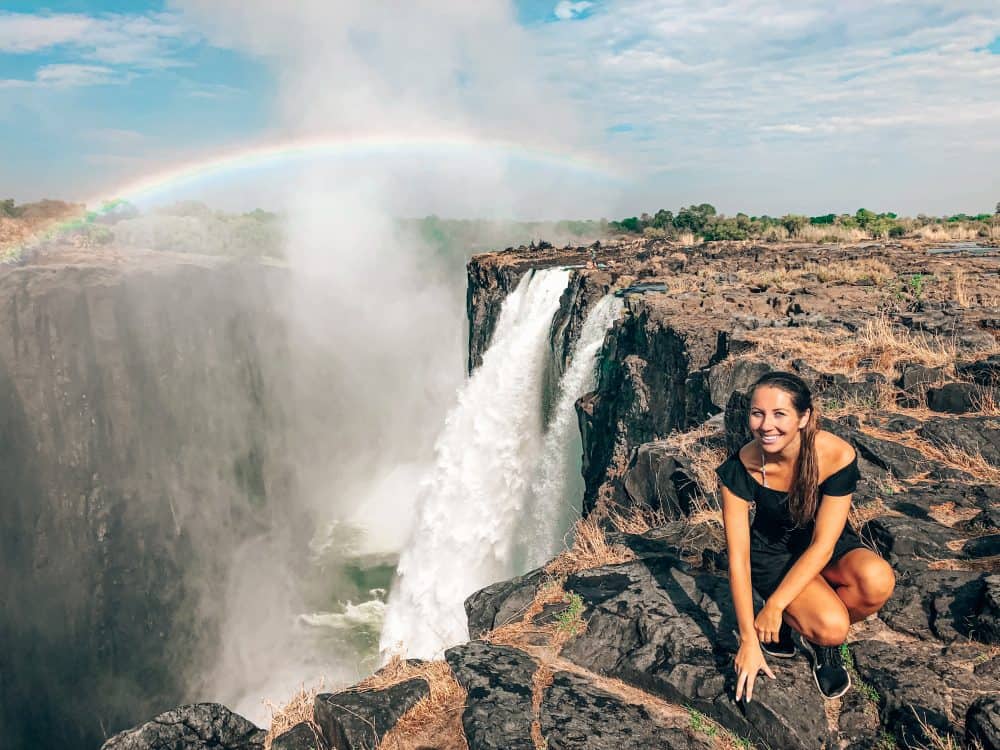
The tours all come with a meal included, and all are run by the Tongabezi Lodge, who run Livingstone Island. You can see more information on their site here.
The breakfast tour costs USD $110, the lunch tour is USD $175 and the high tea afternoon tour is USD $150. I recommend doing the morning breakfast tour. This means the height of the sun at this time gives you the highest chance of having a rainbow appear whilst you’re in the Devil’s Pool.
Visiting the Devil’s Pool is only available on the Zambia side. So if you’re on the Zimbabwe side, you will need to cross the border well in advance.
Book your Livingstone Island and Devils Pool Tour here
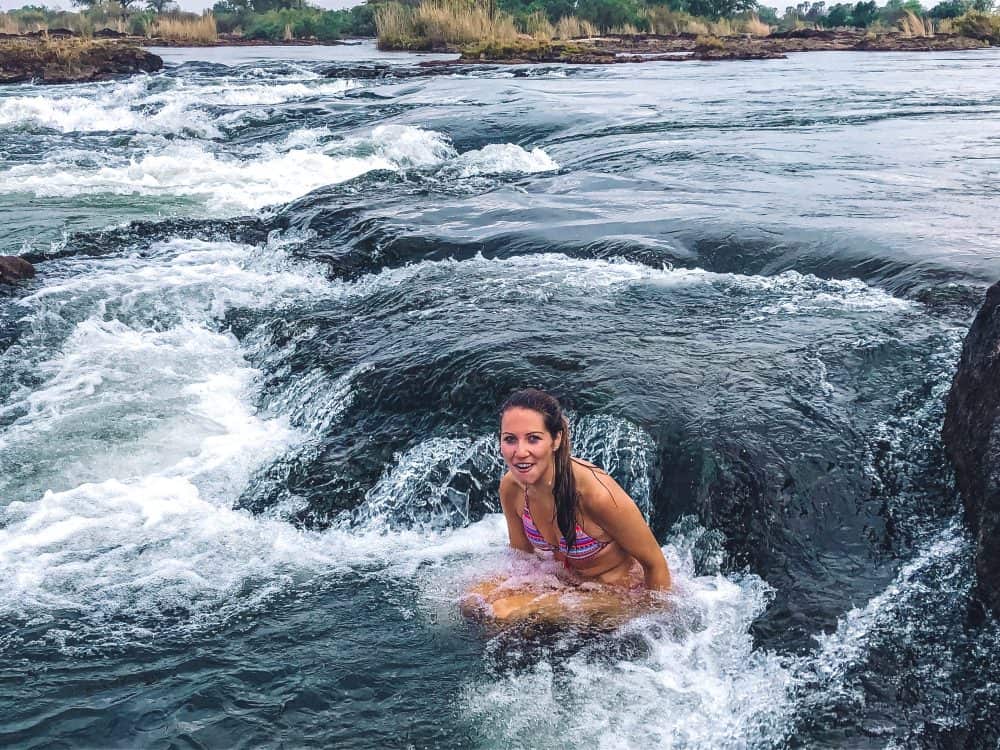
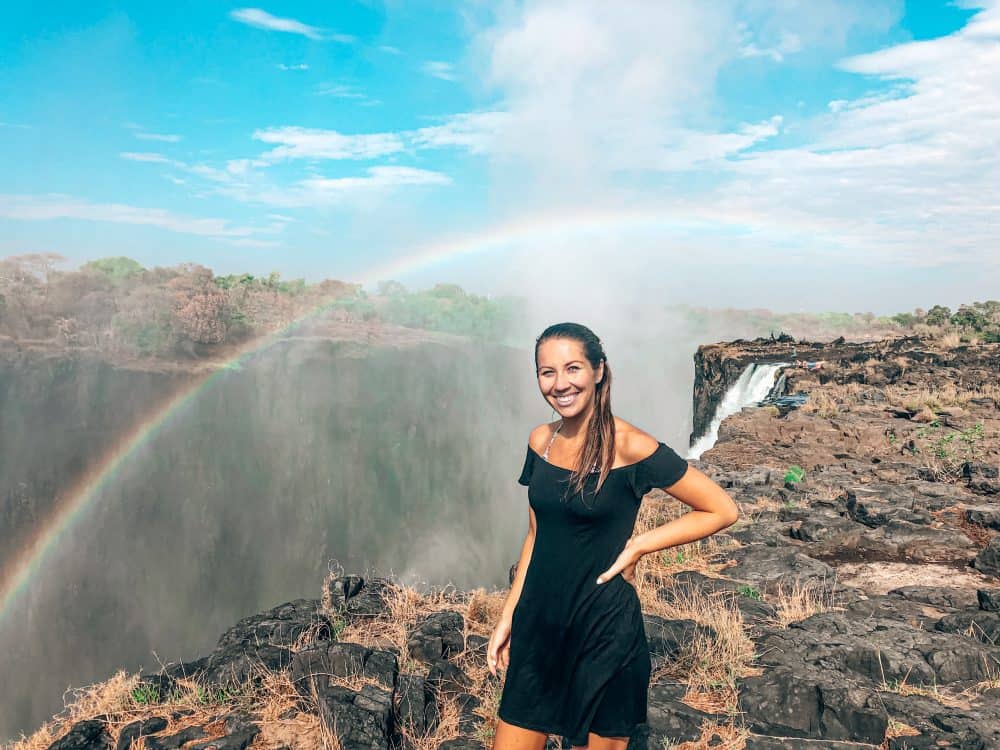
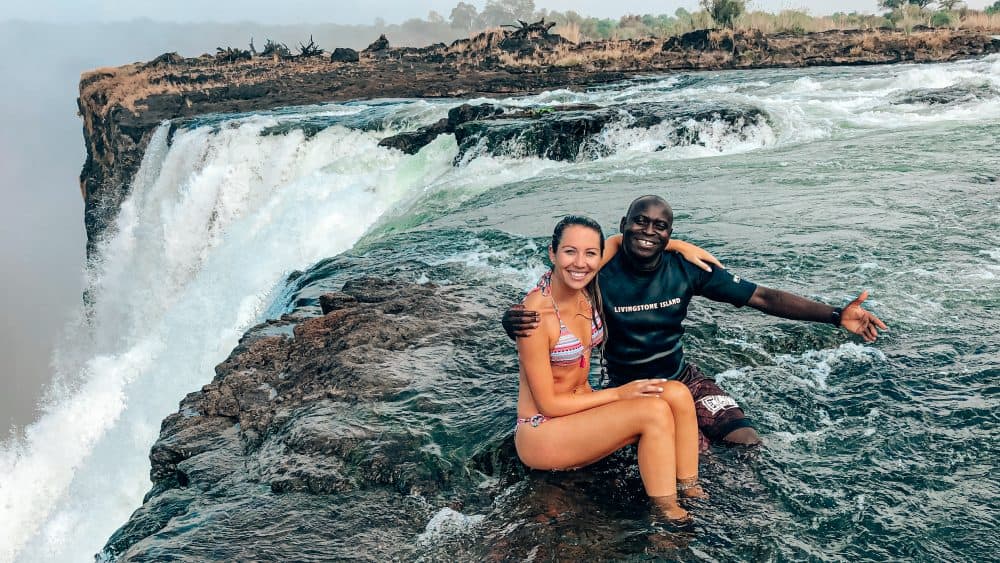
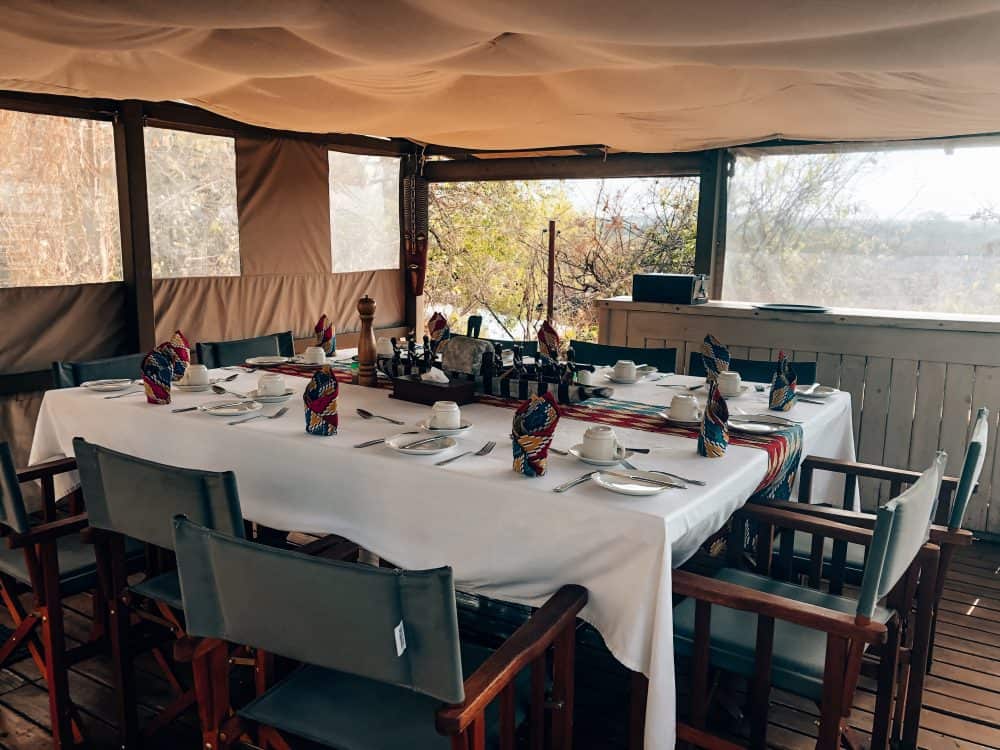
Other things to do near Victoria Falls
As a visit to see the Falls on either side of the border may only take an afternoon, I’m sure you’re wondering what else there is to do in the area. It might seem strange to travel so far purely for one sightseeing opportunity that only takes a few hours to see – but actually, there’s so many other things to do on both sides of the border. Visiting the Victoria Falls is only the start of the adventure!

White Water Rafting
One of the most popular activities to do in Victoria Falls is to go white water rafting. For some people, this activity is a major bucket list tick. Perhaps as much as seeing the Falls themselves. It’s most definitely known as one of the best places in the world to go white water rafting.
White water rafting is one of the most exhilarating activities to do in Victoria Falls, and gives a totally different perspective. The activity excursion takes around 4 hours from the safety briefing to the return. It costs on average USD $120 a person but make sure to go with a reputable company.
White water rafting is available on both the Zambia and Zimbabwe sides.
Book your white water rafting excursion for Zambia or Zimbabwe here

Bungee Jumping
Another epic experience, this is one of the most famous places in the world to do a bungee jump. The fall is a 111m drop, and you plummet straight down to the Zambezi River. Incredible!
The location of the bungee jump is on the Victoria Falls Bridge between both border crossings. It costs around USD $160 per person.
Book your Victoria Falls Bridge jump here!
Helicopter or Microlight flights
I would particularly recommend doing this if you visit in the rainy season, so you can see the true magic of the falls from the sky. I haven’t done this, but I wish I had. It can be done from either the Zambia or Zimbabwe side, and costs around $150 for a 15 minute flight.
Book your flights in advance with the below tours:
- Helicopter flight from Victoria Falls (Zimbabwe)
- Scenic Microlight flight from Victoria Falls (Zimbabwe)
- Helicopter flight from Livingstone (Zambia)
Day trip to Chobe National Park in Botswana
This day trip is surprisingly easy. Especially now thanks to the KAZAvisa, which permits day trips to Chobe from Zimbabwe and Zambia.
We spent a full day in Chobe. This was inclusive of a straight forward border crossing at Kazungula, a morning game drive, a delicious lunch and an afternoon boat drive on the Chobe River. I couldn’t recommend this day trip more, and it cost around US $150 per person, or £100. Make sure to read my full guide on how to do a day trip to Chobe National Park from Victoria Falls here.
Book your day trip to Chobe National Park here
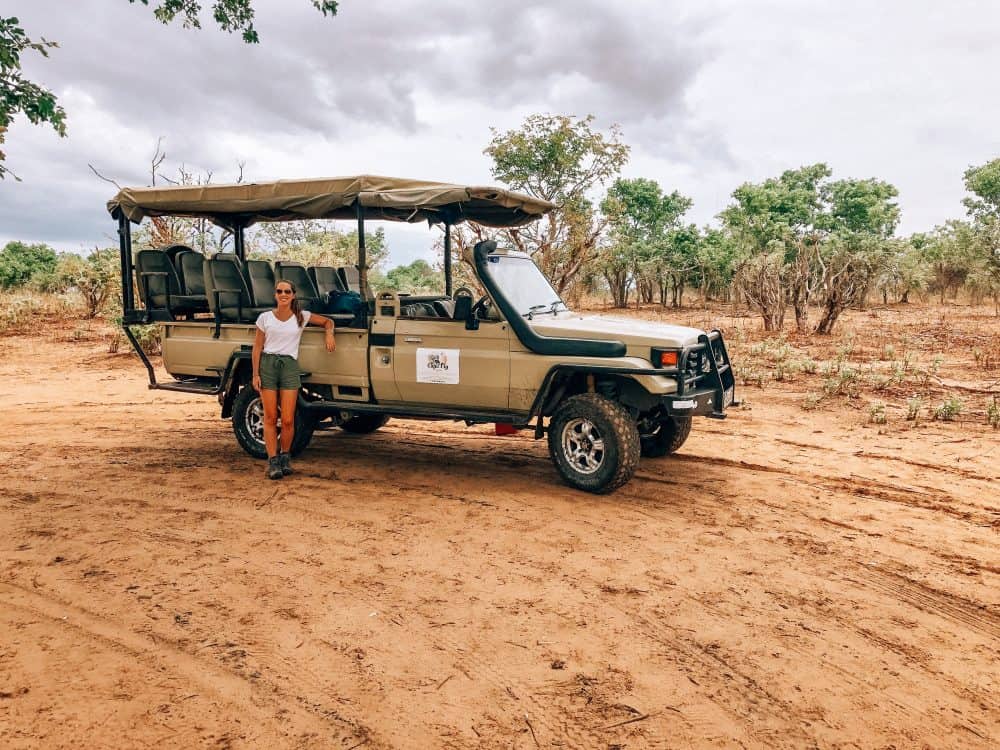
Sunset cruise on the Zambezi River
Departing from both the Zambia and Zimbabwe sides, this is probably one of the better value activities on offer at the Victoria Falls. The cruise departs in the late afternoon and offers the chance to get up close to wildlife, particularly hippos. Often these boat companies have unlimited snacks and drinks too.
Book your cruise in advance with the below tours:
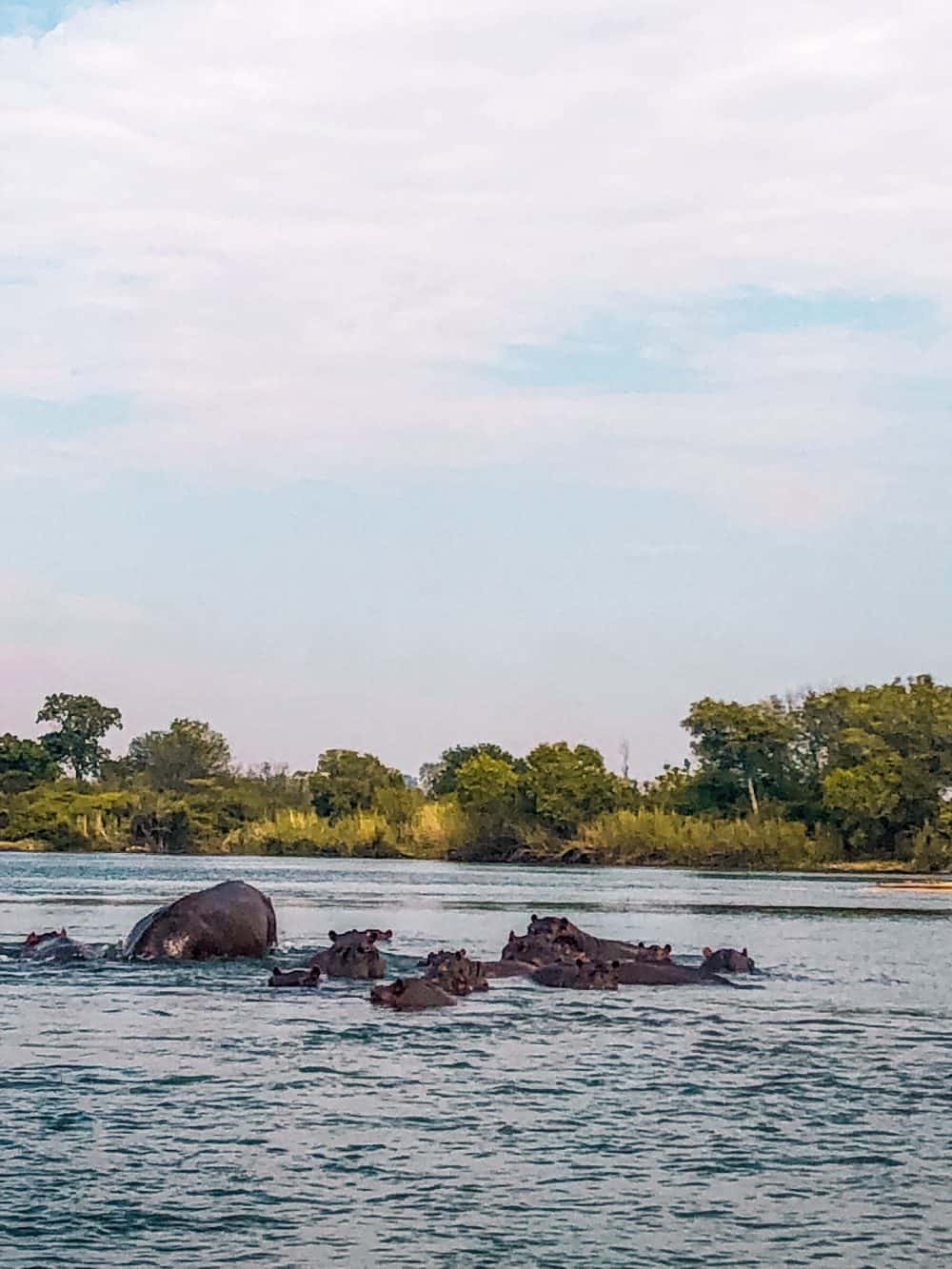
Luxury dinner onboard the Royal Livingstone Express
This iconic 1920s steam train traverses from Livingstone to Victoria Falls, offering an opulent five-course evening dinner service.
The train runs along part of Cecil Rhodes’ ‘Cape to Cairo’ railway. Around sunset, the train stops in the middle of the Victoria Falls Bridge to show the full view for around 30 minutes. Here guests can disembark to take photos of the sunset over the falls. The train also has an observation car with an outdoor viewing deck and a bar.
You can book this activity directly through the Royal Livingstone Express site here. The train departs every Monday, Wednesday and Saturday at 4pm from Livingstone. This incredible experience costs USD $195 per person, and two people must book together.
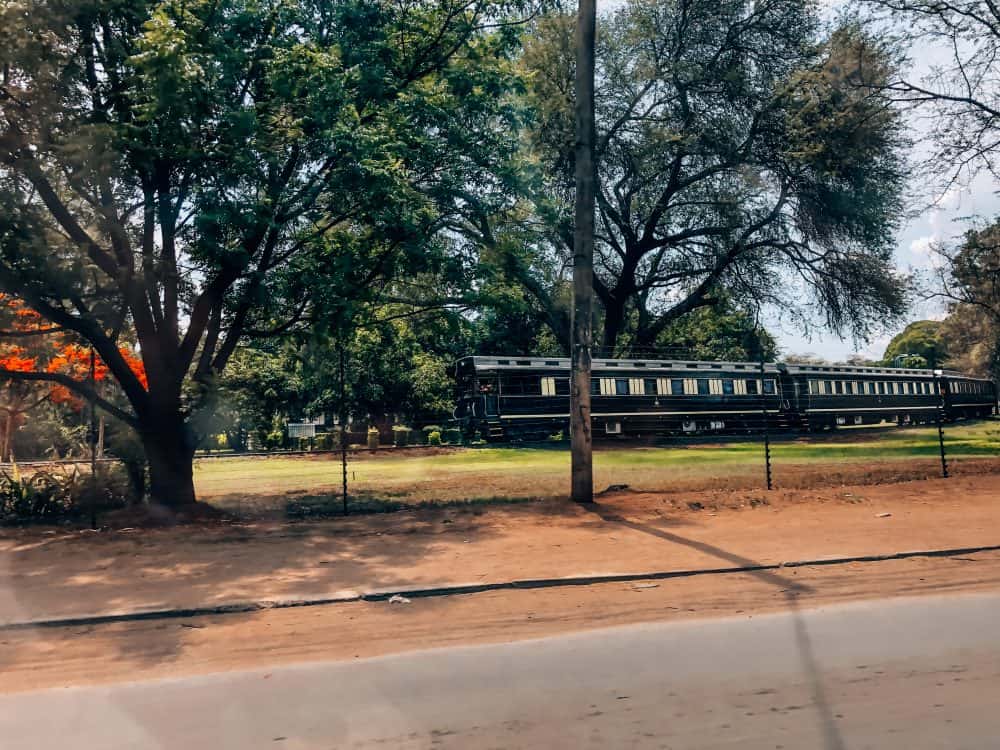
Where to stay on the Zambian side of the Victoria Falls?
As mentioned, this was the side I chose to stay on. I splurged on a stay at the Avani Victoria Falls Resort and I could not recommend it more. As the hotel is within the Mosi Oa Tunya National Park, you receive unlimited complimentary entry to the falls. Guests can also freely walk into its sister hotel, the Anantara Royal Livingstone Hotel.
I could have easily stayed at either hotel for a full week.
Check rates for the Avani resort here, and the Royal Livingstone Hotel here.
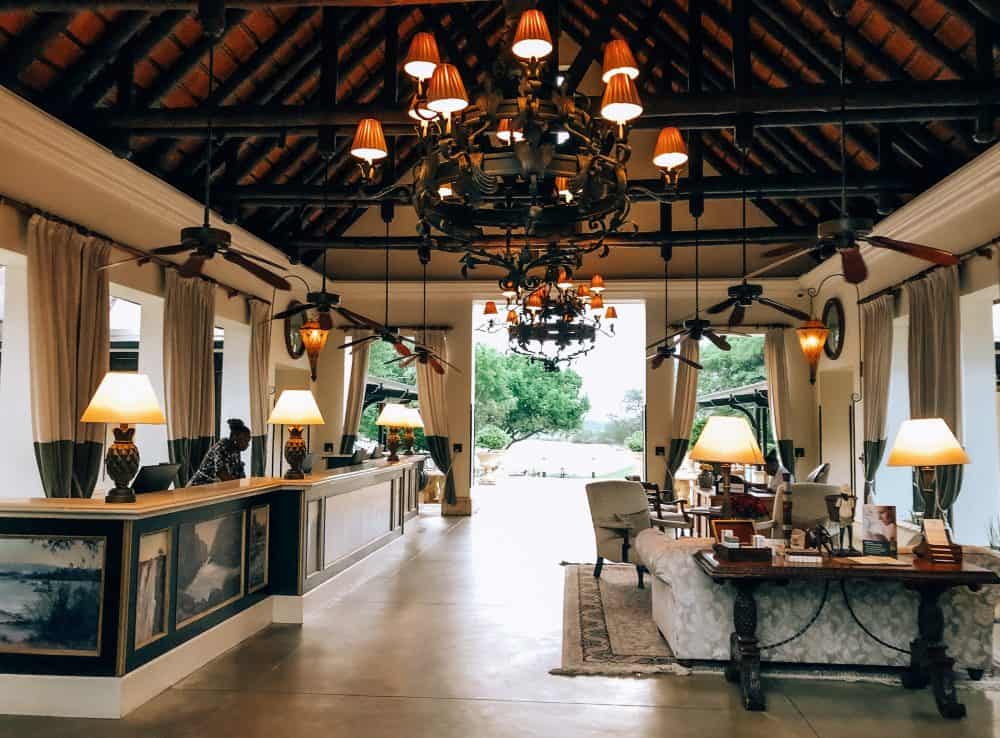

The Avani offered a unique stay in African-influenced rooms, with a huge central swimming pool and the biggest perk – freely roaming zebra. We were sunbathing by the pool, and a zebra came and drank water right next to me! Incredible!
You can either walk through the grounds to the Anantara Royal Livingstone Hotel, where you may see more the hotels’ freely roaming giraffe and zebra, or you can hop in a golf buggy driven by the staff.
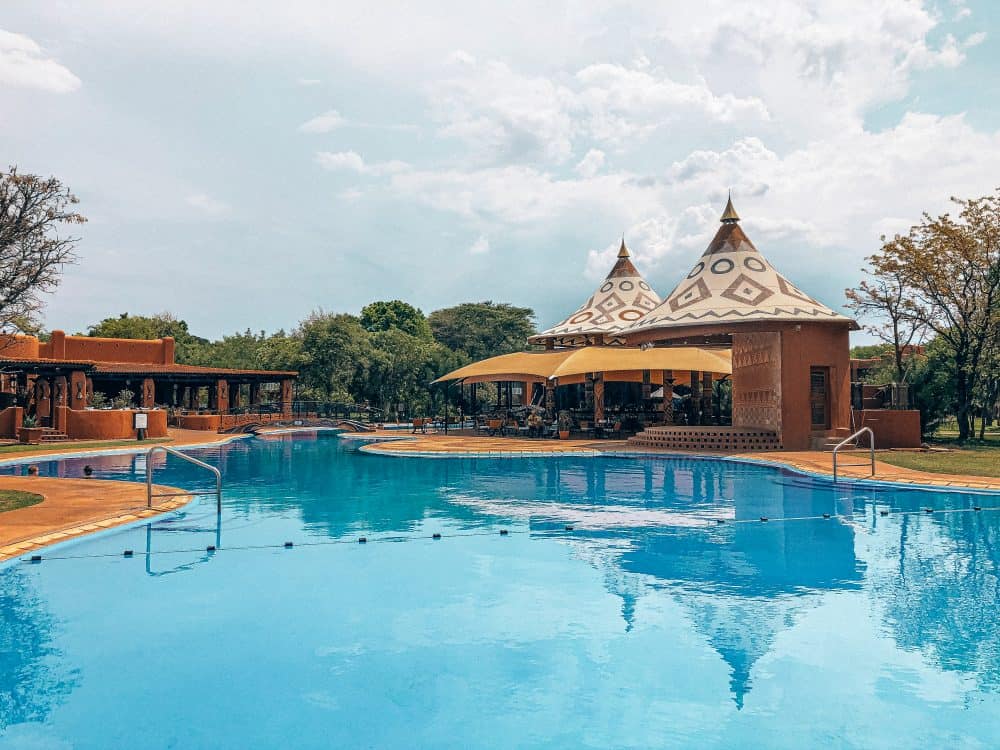
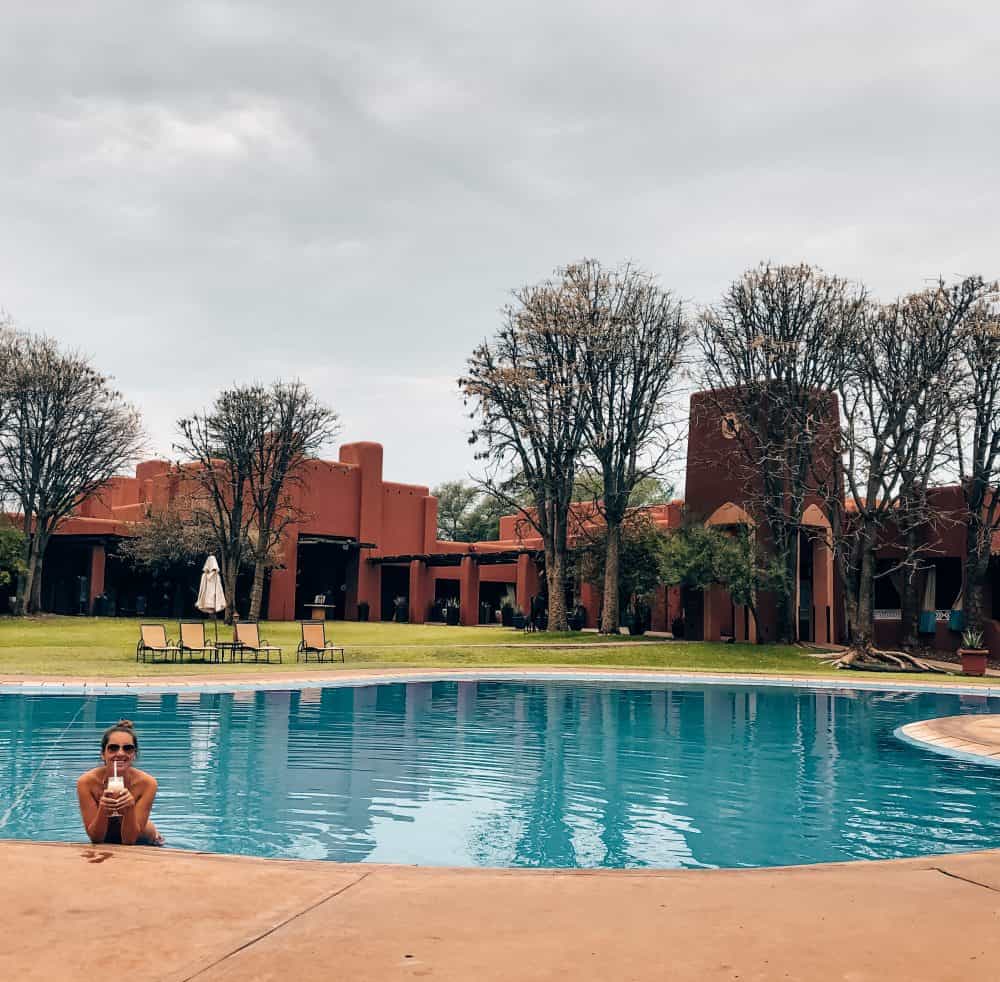

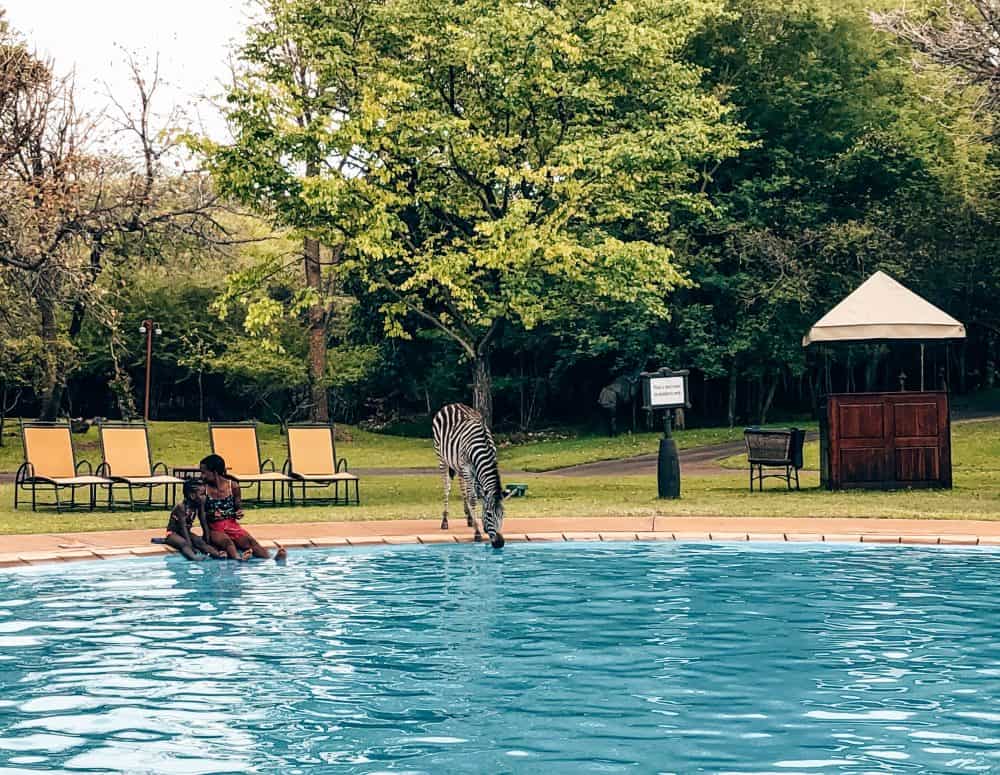
Guests are welcome to use the facilities between both hotels, and we enjoyed a fantastic meal at the waterside Kubu restaurant at the Royal Livingstone. We started off having a sundowner cocktail, before realising the food on the menu looked great too. A special meal watching hippos heads peep up!
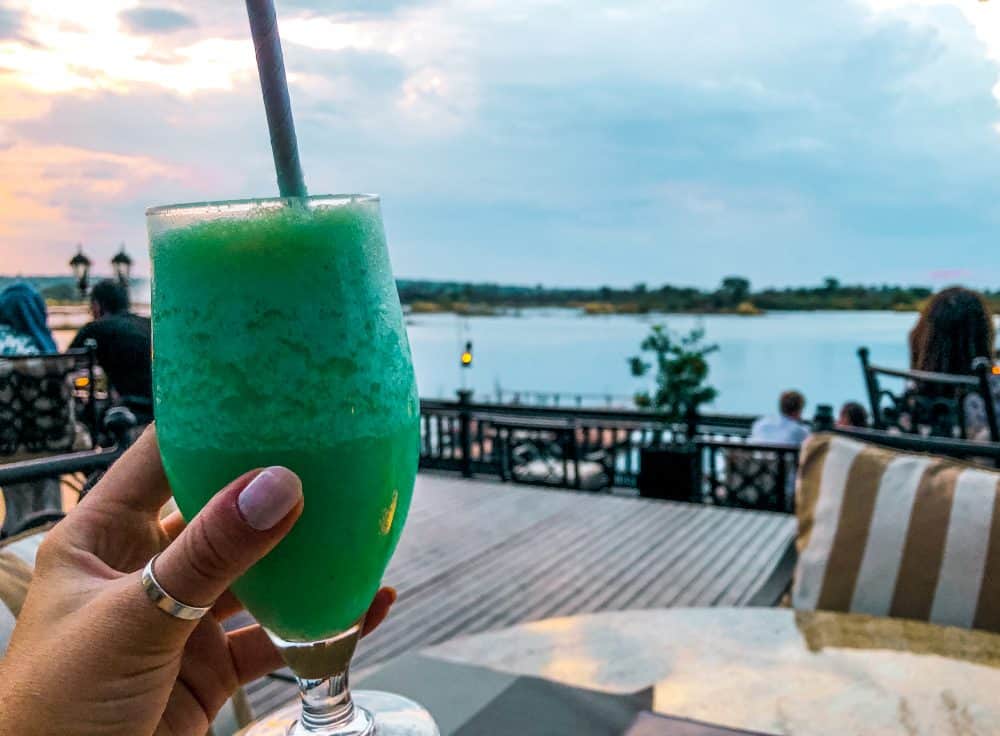

As we stayed in Livingstone for a few days, we switched to Maramba River Lodge for our remaining few nights. It was definitely more basic than the Avani, but actually very cool to spend a couple of nights in a tent. I felt even closer to nature – the staff said it was common to hear (sometimes see) elephants and hippos wander through the campsite at night. One night, we actually heard an elephant trip up on the guidelines of our tent and let out an elephant ‘trumpet’ noise, like it had stubbed its toe!
Check rates for the Maramba River Lodge here!
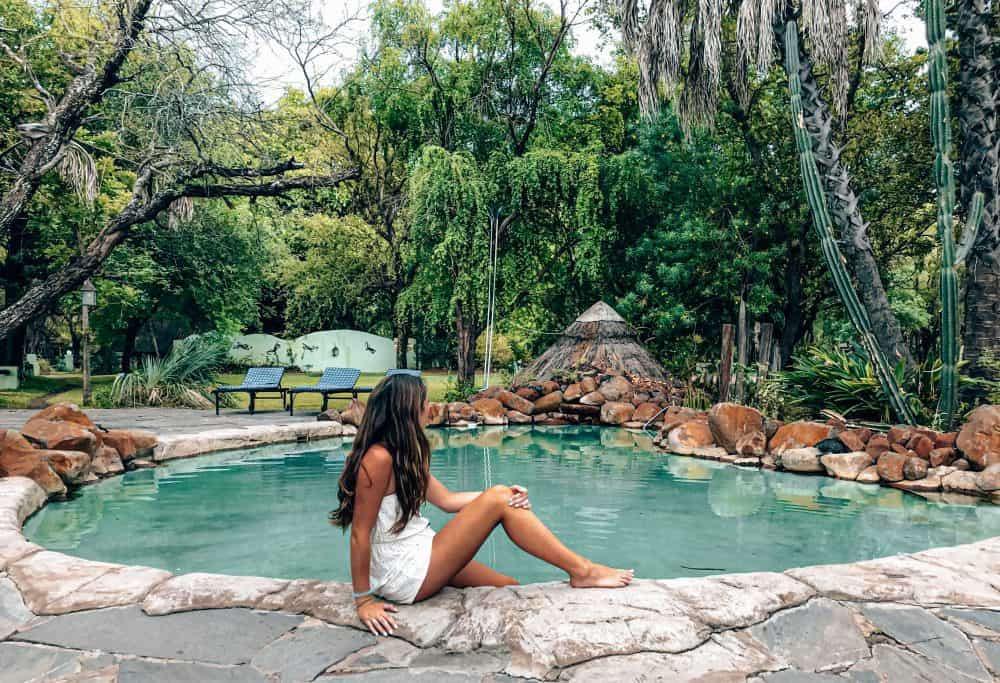
Other places to stay on the Zambian side include:
Luxury:
- The River Club
- Royal Chundu River Lodge
- aha The David Livingstone Safari Lodge and Spa
- Radisson Blu Mosi-Oa-Tunya
Mid-range:
Where to eat in Livingstone
As mentioned just above, I highly recommend a meal at the Kubu restaurant in the Royal Livingstone. You don’t need to be a guest, but you do have to take a taxi to the hotel (you cannot walk there from the town centre).
Other great places to eat include Olga’s Italian Corner. They serve up the best pizza and pasta dishes in Zambia and it is a colourful spot in the centre of Livingstone. Cafe Zambezi is also popular, as well as Kubu Cafe, particularly for breakfast.
Where to stay on the Zimbabwean side of the Victoria Falls?
The most iconic stay is at the famous Victoria Falls Hotel, a favourite place for the Queen Mother. This hotel is also the home of a decadent afternoon tea.
Other places to stay include:
Luxury:
- Victoria Falls Safari Lodge
- Victoria Falls Safari Club
- Elephants Hills Resort
- The Stanley and Livingstone Boutique Hotel
- Ilala Lodge Hotel
Mid-range:
Other practical information
Safety
Crime is fairly low in both places. I felt Livingstone had a relaxed feel to it, with little attention paid to us as tourists. The locals in Livingstone are busy going about their daily lives, from heading to the bank or post office, to visiting markets and shops. It’s a lovely place to get a feel of Zambian life – Livingstone is also really clean and colourful.
As mentioned, I didn’t spend long in Victoria Falls town. But I understand it is more touristy and the town only exists really to serve tourists visiting the Falls. We did notice an increase in touts, particularly around the bridge area in Zimbabwe. Many young men and women approached us trying to sell their wares – but it wasn’t too bad.
Animals do roam freely in these areas. You have to be aware of roaming elephants on the road between Livingstone and the entry to Mosi Oa Tunya National Park.
Also, baboons on the roads around the Victoria Falls Bridge can sometimes be a bit cheeky. Especially if you’re holding food, but otherwise they’ll leave you be.

Money
Meals, accommodation and activities are widely considered to be a little cheaper on the Zambian side. But you need to balance this with the cost of the flight from your previous destination. It could be that a flight into Victoria Falls airport is significantly cheaper.
In Zambia, the Zambian Kwacha is used widely used, although dollars are also often accepted. You can exchange currency at the airport, on the main high street in Livingstone and in some hotels.
ATMs are at the airport and at banks on the high street, but you should be able to use your credit card fairly widely, especially in hotels.
Health
Malaria: Victoria Falls is a malaria zone, so I would recommend taking anti-malarial tablets. Make sure to collect these in advance in your home country, if possible. Your doctor can advise what’s best for you, but my personal preference is for Malarone which doesn’t give me any side affects.
Mosquitos are quite prevalent, so cover your arms and legs in the evening, and make sure to take a mosquito repellent with you that has a high level of DEET.
Tsetse flies: A health hazard I haven’t encounter before. The tsetse flies spread a parasitic disease called African Trypanosomiasis, also known as African Sleeping Sickness. Insect repellent doesn’t prevent tsetse fly bites but they do love dark colours, such as blue and black so avoid wearing these.
The tsetse flies are more prevalent during the rainy season, and earlier or later in the day when it is slightly cooler.
Water: Although the water is treated in both towns, I recommend sticking to bottled water.
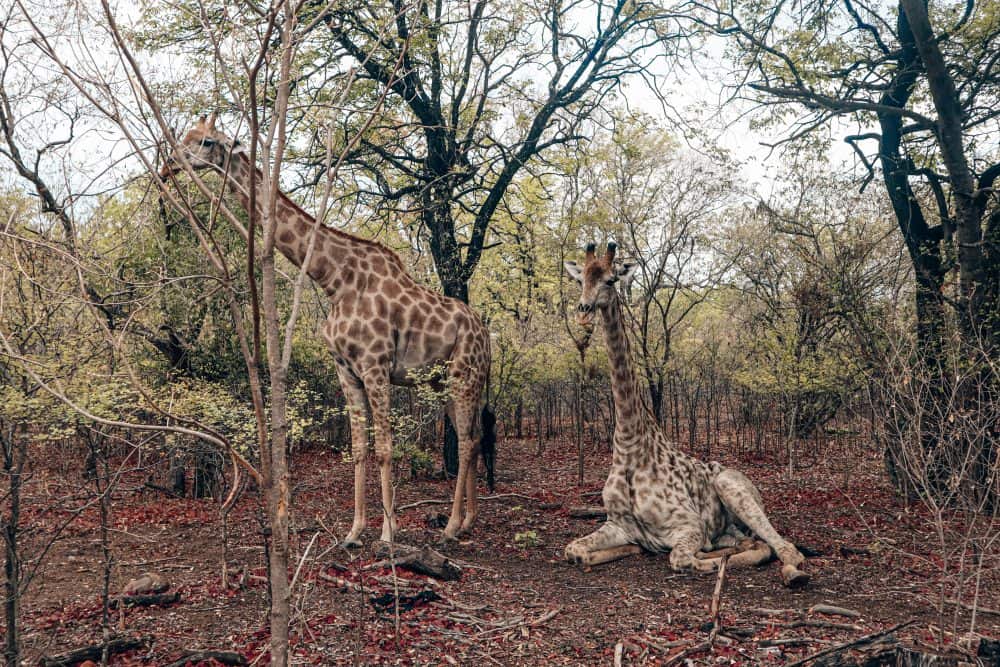
Visiting Victoria Falls – Should you go to the Zambia or Zimbabwe side?
So there’s my guide on visiting the incredible Victoria Falls! Each side has its advantages and disadvantages, so it is all about deciding what’s most important for your visit. If you have ample time, you could consider visiting both sides.
We chose the Zambian side for several reasons:
- Livingstone airport had well-priced flights (from Johannesburg and onwards to Nelspruit for Kruger NP)
- I loved the look of the Avani hotel and knowing the zebras roamed freely around the property. Plus the complimentary entry to the Zambian side of the falls was a bonus
- Chobe National Park in Botswana was high on my list. Whilst doing my research, it seemed easier to depart from Livingstone, than from Victoria Falls town in Zimbabwe
- I was set on visiting the Devil’s Pool. As it’s on the Zambian side, it was one less border crossing I needed to do.
- From my research, I knew it was pretty easy it was to walk to the Zimbabwe side. So I wanted to prioritise the base location, rather than the better side of the Victoria Falls.

Feel free to drop me a line if you would like any advice or further recommendations for planning trip to Victoria Falls. If you’ve enjoyed this guide to Victoria Falls in Zambia and Zimbabwe, then please do share using the below links!
Wanna see more? Check my Instagram here, my Facebook here or my Twitter here!
Disclaimer: This visit to Victoria Falls was entirely paid for by myself, and there was no involvement from the tourism boards or a hotel. This is an independent guide.
Enjoyed my guide to visiting Victoria Falls? Pin it!
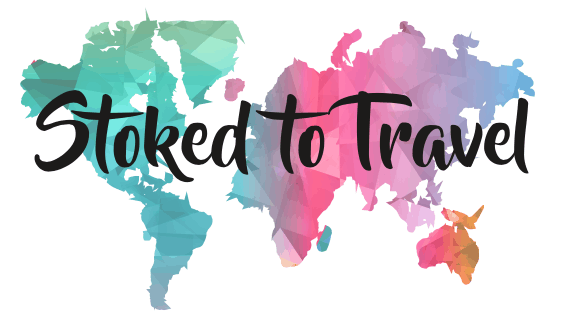
Wow this was an amazingly thorough review! Super useful
So very helpful – thank you! Am going to be there in early October and your post definitely helped me plan my stay.
Thank you for wonderful information, needed as we consider which side of the Falls to visit. One of us is limited as to walking long distances and stairs, so photos and descriptions were most helpful. I still wonder how difficult parking is at points near the best viewing points.